Why Everyone Wants an ADU Now: The Demographic Trends Behind Eastern NC's Building Boom
From aging baby boomers to young professionals priced out of homeownership, major demographic shifts are driving unprecedented demand for ADUs across eastern North Carolina. Here's who's building them and why.
Five years ago, most people in eastern North Carolina had never heard the term "ADU." Today, we can barely keep up with demand. At Plank Construction, we're building more accessory dwelling units than ever before, and our clients represent a fascinating cross-section of American demographics – each group drawn to ADUs for different but equally compelling reasons.
What's driving this surge? It's not just one trend but a perfect storm of demographic changes that make ADUs the right solution at the right time. Understanding these trends helps explain why ADUs have moved from niche housing option to mainstream necessity across our region.
Let's explore the demographic forces reshaping how eastern NC families think about housing.
The Aging-in-Place Revolution
Baby boomers represent the largest demographic driving ADU demand in eastern NC, but not for the reasons most people assume. These aren't people looking to downsize into smaller spaces – they're homeowners who want to age in their communities while creating housing solutions for their adult children or generating retirement income.
The numbers tell the story. By 2030, more than 20% of North Carolina's population will be over 65. Most of these seniors want to stay in their homes and communities rather than moving to retirement facilities or relocating to be near adult children. ADUs provide the perfect solution – additional income to support aging in place while keeping family close.
We're seeing creative approaches to multi-generational living that would have been unusual just a generation ago. Parents build ADUs for their adult children who can't afford to buy homes in the same neighborhoods where they grew up. Adult children build ADUs for aging parents who want independence but need proximity to family support.
The financial math works beautifully for both generations. Seniors get rental income that helps cover rising healthcare costs and property taxes. Adult children get affordable housing in established neighborhoods with built-in family support systems.
Eastern NC's retiree communities have particularly embraced this trend. Military retirees settling in areas like Jacksonville or New Bern often build ADUs as rental income supplements to military pensions while keeping space available for visiting family or future caregiving needs.
The Affordability Crisis Generation
Young adults and young families represent the fastest-growing segment of ADU renters in eastern NC. These aren't people who can't afford housing – they're often well-educated professionals who are priced out of homeownership in the communities where they work.
The typical ADU renter in eastern NC is surprisingly affluent. We're talking about nurses, teachers, tech workers, and military personnel who earn decent incomes but face housing costs that have risen faster than wages. ADUs provide quality housing in good neighborhoods at prices that allow for saving money and building financial stability.
University communities like Greenville have seen explosive growth in ADU development as young professionals seek alternatives to apartment living. They want more space, privacy, and flexibility than apartments provide but can't afford to buy homes in neighborhoods near their employment.
The remote work trend has particularly benefited this demographic. Many young professionals now work remotely but want to live in established neighborhoods with character and amenities. ADUs in older neighborhoods provide this lifestyle at affordable prices while building relationships with homeowners who often become mentors and community connections.
Military communities have seen similar patterns. Young military families often prefer ADU rentals over base housing because they provide more space, privacy, and community integration while remaining affordable on military salaries.
The Sandwich Generation Solution
Perhaps no demographic group benefits more from ADUs than the so-called "sandwich generation" – adults in their 40s and 50s who are simultaneously caring for aging parents and supporting adult children. ADUs provide housing solutions that address both ends of this generational squeeze.
These families often face impossible choices between helping aging parents maintain independence and assisting adult children who struggle with housing costs. Traditional solutions like multi-generational homes or separate housing for family members are often either too expensive or don't provide adequate privacy and independence.
ADUs solve multiple problems simultaneously. Adult children can live affordably while contributing to household expenses and helping with aging grandparents. Aging parents can maintain independence while having family support nearby. The middle generation gets help with both caregiving and housing costs.
We've built ADUs that house college-age children who commute to universities, adult children saving money for their own home purchases, and aging parents who want their own space but need family proximity. Often, the same ADU serves different family members over time as needs change.
The financial benefits are significant for sandwich generation families. Instead of paying for separate housing, assisted living, or college housing, families can invest in property improvements that provide housing solutions while building equity.
The Entrepreneurial Housing Movement
A growing demographic of ADU developers consists of entrepreneurial homeowners who view accessory dwelling units as small-scale real estate investments. These aren't traditional real estate investors but regular homeowners who recognize ADUs as accessible entry points into rental property ownership.
Many of these homeowners are motivated by the desire to generate passive income without the complexity and capital requirements of traditional rental property investment. Building an ADU on their existing property allows them to become landlords while maintaining control over their investment and tenant relationships.
The numbers work particularly well in eastern NC's rental markets. A well-located ADU can generate $800 to $1,500 monthly rent, often paying for itself within 10 to 15 years while adding significant property value immediately.
We're seeing teachers, government employees, and other steady-income professionals use ADUs to supplement their salaries and build long-term wealth. The rental income often makes the difference between financial stress and financial security for middle-class families.
Professional couples nearing retirement are particularly drawn to this model. They build ADUs during their peak earning years, use rental income to pay off construction costs, and create retirement income streams that will supplement pensions and social security.
The Work-From-Home Evolution
Remote work has created an entirely new demographic of ADU users – people who need dedicated office space separate from their main living areas. This trend accelerated dramatically during recent years and shows no signs of slowing down.
Home-based professionals often struggle with work-life balance when their office is integrated with their living space. ADUs provide perfect solutions – completely separate work environments that eliminate distractions while maintaining the convenience of working from home.
We're building ADUs specifically designed as home offices for consultants, freelancers, remote employees, and small business owners. These spaces often include client meeting areas, separate entrances for business visitors, and enhanced internet infrastructure for video conferencing and file sharing.
The tax benefits of dedicated business space make ADU offices financially attractive. Business use of separate structures often qualifies for significant tax deductions that help offset construction costs while providing professional work environments.
Creative professionals have particularly embraced ADU workshops and studios. Artists, photographers, writers, and crafters use ADUs as dedicated creative spaces that separate their work from their personal lives while providing professional environments for client meetings and creative collaborations.
The Downsizing-in-Place Trend
Empty nesters represent a significant and growing ADU demographic, but they're using ADUs in unexpected ways. Rather than selling large family homes and buying smaller houses, many are building ADUs and renting out their main houses while downsizing into the accessory dwelling units themselves.
This approach allows families to remain in neighborhoods and communities they love while reducing their living expenses and maintenance responsibilities. They get rental income from their larger homes while living simply in well-designed smaller spaces.
The financial advantages are substantial. Rental income from large homes in established neighborhoods often exceeds the cost of living in small, efficient ADUs. The difference provides additional retirement income while maintaining the option to reclaim the main house if circumstances change.
This trend particularly appeals to widowed seniors who find large family homes too big and too expensive to maintain but don't want to leave their communities and social networks.
The Investment Migration Pattern
Eastern NC has attracted significant population growth from people relocating from higher-cost areas, and many of these newcomers are building ADUs as both housing solutions and investment strategies.
Retirees from expensive metropolitan areas often find that selling their previous homes provides enough capital to buy homes in eastern NC and build ADUs for immediate rental income. The lower cost of living combined with rental income provides comfortable retirement lifestyles that would be impossible in their previous markets.
Young families relocating for employment often build ADUs to help manage their new housing costs while building equity in real estate markets they couldn't afford in their previous locations.
Military retirees settling in eastern NC frequently build ADUs as transition strategies – providing rental income during their adjustment period while creating flexible housing for future family visits or changing needs.
Regional Economic Factors
Eastern NC's economic development has created employment growth that outpaces housing development, making ADUs valuable additions to housing supply. Research Triangle expansion, military base growth, and coastal development have all created demand for housing that ADUs help address.
University growth in areas like Greenville has created steady demand for quality rental housing that ADUs satisfy better than traditional apartment complexes. Faculty, graduate students, and young professionals prefer the privacy and character that ADUs provide.
Tourism growth in coastal areas has made short-term rental ADUs profitable investments while providing flexible housing that serves both tourist and long-term rental markets depending on seasonal demand.
Looking Ahead: Demographic Trends to Watch
Population aging will continue driving ADU demand as more seniors seek aging-in-place solutions and their adult children need affordable housing options. This demographic shift represents the most sustained and predictable driver of future ADU demand.
Changing work patterns suggest continued growth in home-based employment, maintaining demand for ADU office and studio spaces. The flexibility to work from anywhere makes ADUs attractive to remote workers who want affordable housing in desirable locations.
Migration patterns toward lower-cost areas like eastern NC should continue providing new residents who view ADUs as both housing solutions and investment opportunities.
Housing affordability challenges show no signs of improvement, making ADUs increasingly important as workforce housing solutions that don't require massive development projects or infrastructure investments.
The Perfect Storm Continues
The demographic trends driving ADU popularity in eastern NC aren't temporary shifts but fundamental changes in how Americans live, work, and age. Multiple generations are discovering that ADUs provide solutions to housing challenges that traditional markets don't address effectively.
At Plank Construction, we're building for all these demographic groups, and we've learned that successful ADUs serve multiple purposes over time. Today's home office becomes tomorrow's aging parent housing, which becomes next decade's rental unit or young adult housing.
The beauty of ADUs lies in their adaptability to changing demographic needs. As eastern NC continues growing and changing, ADUs will continue providing flexible housing solutions that serve families across generations and life stages.
Ready to join eastern NC's ADU movement? Contact Plank Construction to discuss how an accessory dwelling unit can serve your family's current needs while providing flexibility for whatever demographic changes the future brings.
Plank Construction serves the diverse demographic groups driving eastern North Carolina's ADU boom. Our experience with different ADU applications helps ensure your project serves your specific needs while maintaining long-term flexibility. Contact us today to discuss your ADU project.

